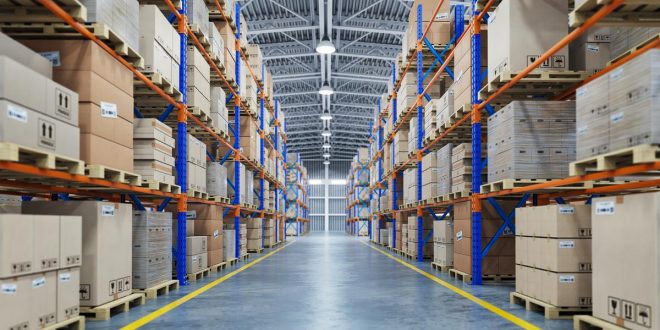Impressive Growth in Sustainable Warehousing
JLL’s recent analysis, encapsulated in the report ‘India’s sustainable warehousing landscape: A green print,’ reveals a promising horizon for the green warehousing sector in India. Certified sustainable warehouse spaces are projected to expand by about 270 million square feet by 2030. This shift not only indicates a burgeoning market but also highlights a pivotal transformation in logistics and transportation.
Current Trends and Transformations
Within the last five years, India has seen a remarkable metamorphosis in its warehousing infrastructure. The stock of Grade A warehousing across the major metropolitan areas has escalated remarkably, growing from 88 million square feet in 2019 to an astounding 238 million square feet by 2024. This remarkable increase showcases the surging demand for high-quality storage and distribution centers that align with the modernization of India’s economy and the rapid growth of e-commerce.
Rise of Institutional-Grade Warehousing
Moreover, the rise of institutional-grade warehousing has tripled during this same period, swelling from 28 million square feet in 2019 to a notable 90 million square feet by the close of 2024. This expansion underscores the increasing confidence of major international investors who are keen on implementing global sustainability standards into the Indian market. The ripple effect on logistics here is indubitable, particularly as businesses increasingly require reliable transportation solutions to support their operational needs.
Driving Forces Behind the Boom
Several factors fuel this significant shift towards sustainability in warehousing. The first is the growing consumer desire for eco-friendly practices—today’s buyers are more aware and supportive of businesses that prioritize environmental concerns. Secondly, corporate social responsibility is no longer just a catchphrase; it has become a metric by which companies are evaluated. As such, logistics firms that demonstrate sustainability are positioned to attract a broader client base, ultimately affecting hiring and consumer loyalty.
Implicaties voor de markt
The implications of these trends penetrate deep into the logistics sphere. As e-commerce flourishes, the need for effective distribution and transportation of goods escalates; having a robust, sustainable warehousing system is paramount to meeting this demand. Companies that can deliver environmentally responsible warehousing solutions will likely stand out in a crowded market. This, in turn, allows firms such as GetTransport.com to offer their clients affordable and versatile cargo transportation solutions that include office relocations, furniture deliveries, and large item transportation.
Sustainable Solutions Become Standard
The transition to greener warehousing is about more than just expanding square footage. It involves implementing practices that significantly reduce carbon footprints and energy consumption. Techniques such as automated monitoring of environmental conditions, renewable energy usage, and innovative waste management systems are becoming standard in forward-thinking companies.
Challenges to Overcome
Despite this encouraging outlook, transitioning to sustainable warehousing isn’t without challenges. Companies must contend with higher initial investment costs and the complexities involved in overhauling existing logistics frameworks. There is also the daunting task of maintaining compliance with a growing web of environmental regulations. However, these challenges can be navigated with careful planning and the right partnerships.
Mogelijkheden voor samenwerking
Industry collaboration can pave the way for solutions that benefit all parties involved. Partnerships focusing on shared learning and resources can allow companies to spread costs and best practices. For instance, logistics companies could work together in creating eco-friendly strategies while leveraging GetTransport.com’s services to facilitate intelligent shipping decisions that optimize logistics movements.
De weg vooruit
The green warehousing sector’s predicted expansion is more than just a number; it symbolizes an essential shift towards sustainable solutions in logistics. This is a clarion call for logistics firms to ready themselves for this emerging trend, ensuring they stay competitive and relevant in a rapidly changing marketplace. As the logistics landscape evolves, those at the helm of sustainable transformations will likely emerge as industry leaders.
Conclusie
With the growth of sustainable warehousing, the logistics sector is on the brink of change. The anticipated increase of 270 million square feet of certified space by 2030 is just the tip of the iceberg. While encouraging, genuine experience trumps hearsay; thus, personal firsthand knowledge remains invaluable. On GetTransport.com, where reliable cargo transportation meets affordability, users can navigate these shifts effectively. With convenient service options catering to a variety of needs, clients can confidently plan their logistics. So, why wait? Boek je rit op GetTransport.com.

 De toekomst van duurzame opslag: Een sprong voorwaarts tegen 2030">
De toekomst van duurzame opslag: Een sprong voorwaarts tegen 2030">